Tips on Budget Wireless Microphone Systems
by Typhoon Lance

Video production, live performances, vlogging, and content creation have all been revolutionized by the use of wireless microphones. These tiny yet powerful devices have made it possible for filmmakers, YouTubers, and performers to capture clear and crisp audio without being tethered by cables. While the advantages of wireless microphones are undeniable, budget constraints can be a significant concern, especially for small indie filmmakers. Fortunately, there are several reasonably priced wireless microphone systems available on the market today.
When it comes to choosing the perfect budget-friendly wireless microphone system, there are several key features to keep in mind
- Sound quality: Undoubtedly, the most critical factor to consider is sound quality. Your microphone should be capable of delivering high-quality audio that is free from interference and distortion. To ensure this, opt for a microphone with good reviews and a reputation for delivering clear, crisp sound.
- Range: Assess your specific needs in terms of the microphone's range. If you're primarily vlogging, you may not require an extensive coverage area. However, if you're giving a presentation or filming a scene with significant movement, a microphone with an extended range will be essential.
- Battery life: Long battery life is crucial to ensure that your microphone doesn't die on you in the middle of an important shoot or performance. Look for a microphone with a reliable and long-lasting battery.
- Ease of use: Some wireless microphone systems can be quite complex to set up and operate. If you're a beginner, it's advisable to choose a microphone that is user-friendly and easy to get started with.
- Cost: Wireless microphones can vary widely in price, ranging from a few hundred dollars to several thousand dollars. Before you start shopping, set a budget that aligns with your financial constraints, and then search for a microphone that meets your needs within that price range.
-Hollyland Lark M1
-Saramonic Blink GO D2
-Boya Wireless BY-WM3T2-U2
-Movo Wireless
-RØDE Wireless Go II
-Comica CVM-WS50(C) & CVM-WS60
-Sennheiser XSW-D
Ultimately, the key to finding the perfect wireless microphone system lies in choosing the one that aligns with your unique requirements. Remember that your choice should prioritize sound quality, range, battery life, ease of use, and cost. By carefully considering these factors, you can select a wireless microphone system that enhances your audio recording capabilities without breaking the bank.
Most importantly, find the one that fits all your needs. - Lance.
Tips on Great Books For the Craft of Writing Screenplays
by Typhoon Lance

There are many books on screenwriting, but only some are worth your time. If you want to learn about the industry and how to craft stories, you need to read the best advice out there. Film school can be expensive, but these books are a fraction of the cost. These are five of the best screenwriting books based on experts' recommendations. You can buy some of these books to succeed. You can purchase or read none of them and still be okay. But if you're serious about learning about screenwriting, give some or all a read.
"SAVE THE CAT: The Last Book On Screenwriting You'll Ever Need." -By Blake Snyder
"Save The Cat" is a book on screenwriting that provides a scene-by-scene breakdown of a successful screenplay. The book's title refers to the idea that the protagonist must do something early to make the audience care about them, such as saving a cat.
While there is no one secret formula to a successful screenplay, Save The Cat gives screenwriters an excellent overview of potential beats throughout the script. Some writers swear by the book, while others don't want anything to do with it. Either way, whether they agree with the book's philosophy is a must-read for anyone interested in screenwriting.
"Screenplay" -By Syd Field
"Screenplay" by Syd Field is a classic screenwriting manual that writers have praised for generations. It is a barebones guide to the craft, covering everything from the importance of the first ten pages to how to write visually and adapt other works.
Field's book thesis is that all successful screenplays follow a three-act structure, each divided into two parts. The first act introduces the main characters and their conflicts, the second act shows them struggling against those conflicts, and the third act resolves the conflicts.
Field also emphasizes the importance of visual storytelling. He argues that screenwriters should think about their stories through images and scenes rather than words and dialogue. Screenplay by Syd Field is an essential read for any aspiring screenwriter. It is a comprehensive and authoritative guide to the craft that is still relevant today.
"Your Screenplay Sucks!" -By William A. Akers
The book "Your Screenplay Sucks!" Akers offers writers a checklist of 100 questions to answer before considering their script 'finished. The author uses examples from other writers on how they solved their script problems. Use this book to guide your rewriting process.
"Lew Hunter's Screenwriting 434" -By Lew Hunter
"Lew Hunter's Screenwriting 434" is a comprehensive guide to the screenwriting process based on the legendary graduate-level seminar at the University of California Los Angeles. The book guides readers through every process step, from developing ideas to writing and rewriting their original script.
Each chapter of the book focuses on a different aspect of screenwriting; throughout the book, Hunter provides examples from successful screenplays and exercises to help readers develop their skills. He also offers candid advice on the screenwriting industry and how to navigate it successfully. Lew Hunter's Screenwriting 434 is an essential resource for anyone who wants to learn how to write screenplays. It is a clear, concise, and informative book that covers every aspect of the screenwriting process.
"Write Screenplays That Sell" -By Hal Ackerman
UCLA professor and co-head of the screenwriting program Hal Ackerman taught hundreds of aspiring screenwriting students. Many of Ackerman's students work in the industry with legends like Steven Spielberg and Ridley Scott and in films starring Tom Hanks, Diane Lane, and others.
That's it for today - Lance.
Typhoon Lance,
AKA The one-man band…

"To be effective, an army relies on good and plentiful food." That little beauty is a quote from Napoleon Bonaparte; yep, that Napoleon. The short French guy that almost took over the world.
There are tons of films, books, and articles about the art of filmmaking, the gear used, and the business aspect of the film industry. Today, I will write about what is dear to me. Food. Yep, food. If you want to make an incredible indie film, feed your crew. Don't hold back on the food. I'm talking food for the sound guy, the cameraman, the lonely PA, food for all, Not just a bunch of crap from the dollar menu, but good food. Their hard work for little pay, if any, will make your dream come true. You did the job writing the film, raising the cash, getting the actors, and scoring locations; now, make sure the crew gets a good meal. Okay, I know, money is tight, but if you have to get the shot, a full belly will make it much more manageable.
Here are just some quick pointers and tips if you're lucky enough to have a crew-
Like I said earlier, stay off the dollar menu. Everyone knows what you're up to. We're all broke in the indie world.
Don't secretly pick out the meat from a dish; then try to serve it to a vegetarian crew member.
Cough drops and Arco coffee is not a craft service. Plus, craft service on a three thousand dollar budget? Come at least some candy with name recognition and beef jerky in the van with an ice chest full of cold drinks. Oh, and some variety of chips, not just your favorite.
If you're making sandwiches? Make a sandwich. But make an authentic sandwich with meat, cheese, lettuce, or whatever. We've all had the only mustard or catsup sandwich, period; starve yourself, but feed your crew.
Please don't wait to feed the crew till they're starving. Stop and eat. You want to avoid ending up like some poor Captain in a British Naval film. Hungry people have overthrown governments, much less film sets.
Eat together. Small and micro-budget indie films have no room for a caste system. Crew, talent and the guy you found just that day to unload the van are in this boat together. And let them eat, don't try to impress them with your creativity by hogging the conversation.
But most of all, let them know that you care enough to make sure they get something good to eat. Ask them what they like, and see if you can score it. They are helping you for little or no pay. At least you can ensure they have something in their tummy.
That's it for today - Lance.
TIPS on Buying Handheld Field Recorders
by Typhoon Lance
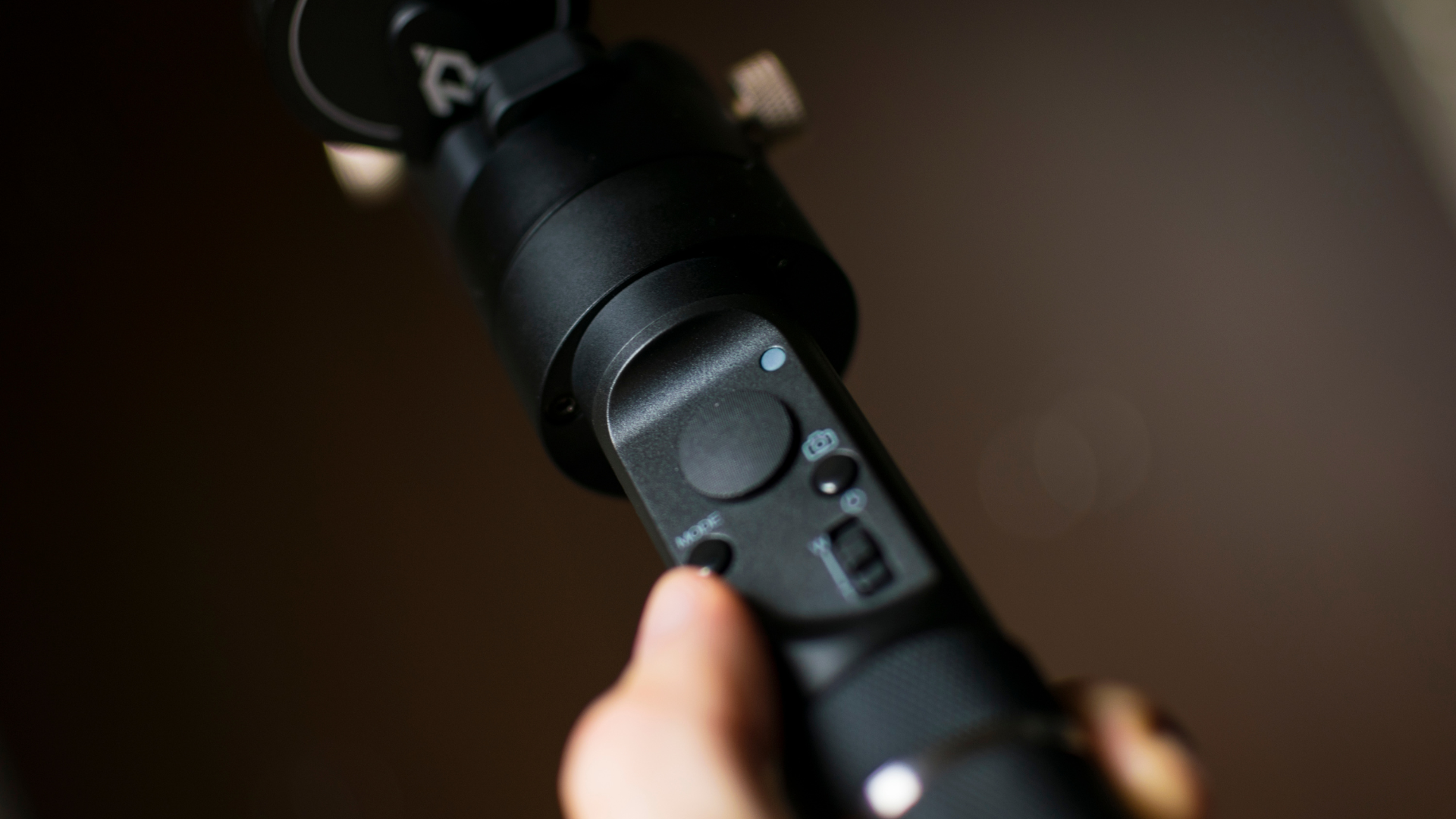
When it comes to capturing high-quality audio on location, a good field audio gear setup is an absolute must. Whether you're a filmmaker, documentarian, sound engineer, or simply someone passionate about recording audio in the field, choosing the right field recorder is crucial. Your selection should align with your specific needs, budget constraints, and personal preferences. Let's delve deeper into the essential factors to consider when picking a field recorder for your next shoot.
First and foremost, it's essential to establish a budget before embarking on your field recorder hunt. Field recorders come in a wide price range, spanning from a few hundred dollars to several thousand dollars. By setting a budget, you ensure that you spend your money wisely and avoid overspending on features you may not need.
Next, think about the versatility you require from your field recorder. If you anticipate working in various shooting environments and situations, it's wise to look for a recorder with multiple input and output options, as well as various recording modes. This flexibility will enable you to adapt to different scenarios seamlessly.
Audio quality is paramount in the world of field recording. It's imperative to research and seek out models with high-quality preamps and converters that fit within your budget. Superior audio quality can make a substantial difference in the final product of your recording, so this is an area where it's often worth investing a bit more.
Furthermore, consider the user-friendliness of the field recorder, especially if you're new to field recording. Look for models with a simple and intuitive design that won't overwhelm you with complex features and settings. A recorder that you can easily navigate and operate will save you time and ensure a smoother recording experience.
For a more comprehensive look at the best handheld field recorders available in 2023, I recommend checking out Lewis McGregor's article titled "The Best Handheld Field Recorders in 2023" on IndieTips. This article provides valuable insights into specific models, their specifications, and their prices, which can be a helpful resource as you narrow down your options.
In conclusion, selecting the right field recorder involves careful consideration of your budget, recording needs, audio quality requirements, and ease of use preferences. With these factors in mind, you can make an informed choice that will enhance your audio recording capabilities and help you capture pristine sound on location.
- Field recorders can range in price from a few hundred dollars to several thousand dollars. Set a budget before you start shopping. Stay under budget so that you spend your money wisely.
- Get what you need; if you need one that can handle a wide range of situations, look for one with multiple input and output options and various recording modes.
- Audio quality is an audio quality essential. Do your homework and look for models with the best with high-quality preamps and converters that you can afford.
- Some field recorders are easier to use than others. If you're new to field recording, look for a model with a simple and intuitive design.
Once you've considered these factors, you can select a field recorder that best suits your audio recording needs.
Please check out Lewis McGregor's article, "The Best Handheld Field Recorders in 2023" at IndieTips. It has models, specs, and prices.
Typhoon Lance,
AKA The one-man band…
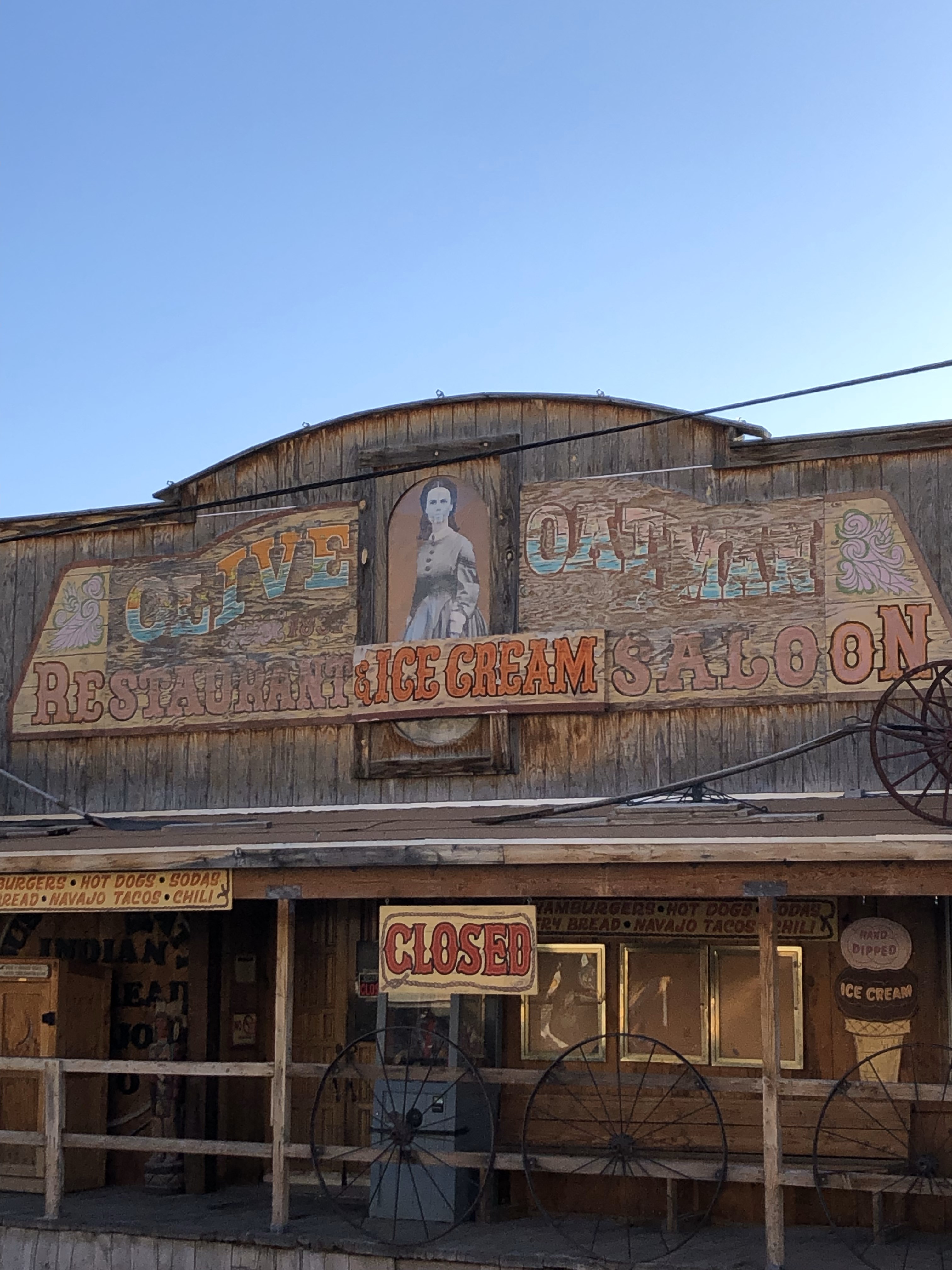
Okay, it's time for a break! Sometimes you have to have one. I headed to AZ to see my brother and found a place that time had forgotten. And of course, it's got a film history, or I would be talking about something else! It's Oatman, Arizona, located off Highway 40, right on the Oatman Highway. In other words, once you hit Mojave City, head east on Highway 40, and if you hit Kingman, you've missed it.
What a history this old mining town has. Rumor is that The old Oatman Hotel is famous for having the honeymoon suite where Clark
Gable and Carole Lombard spent their honeymoon night in 1939! You can go upstairs and check it all out for a small donation. But,
again, it’s a rumor.
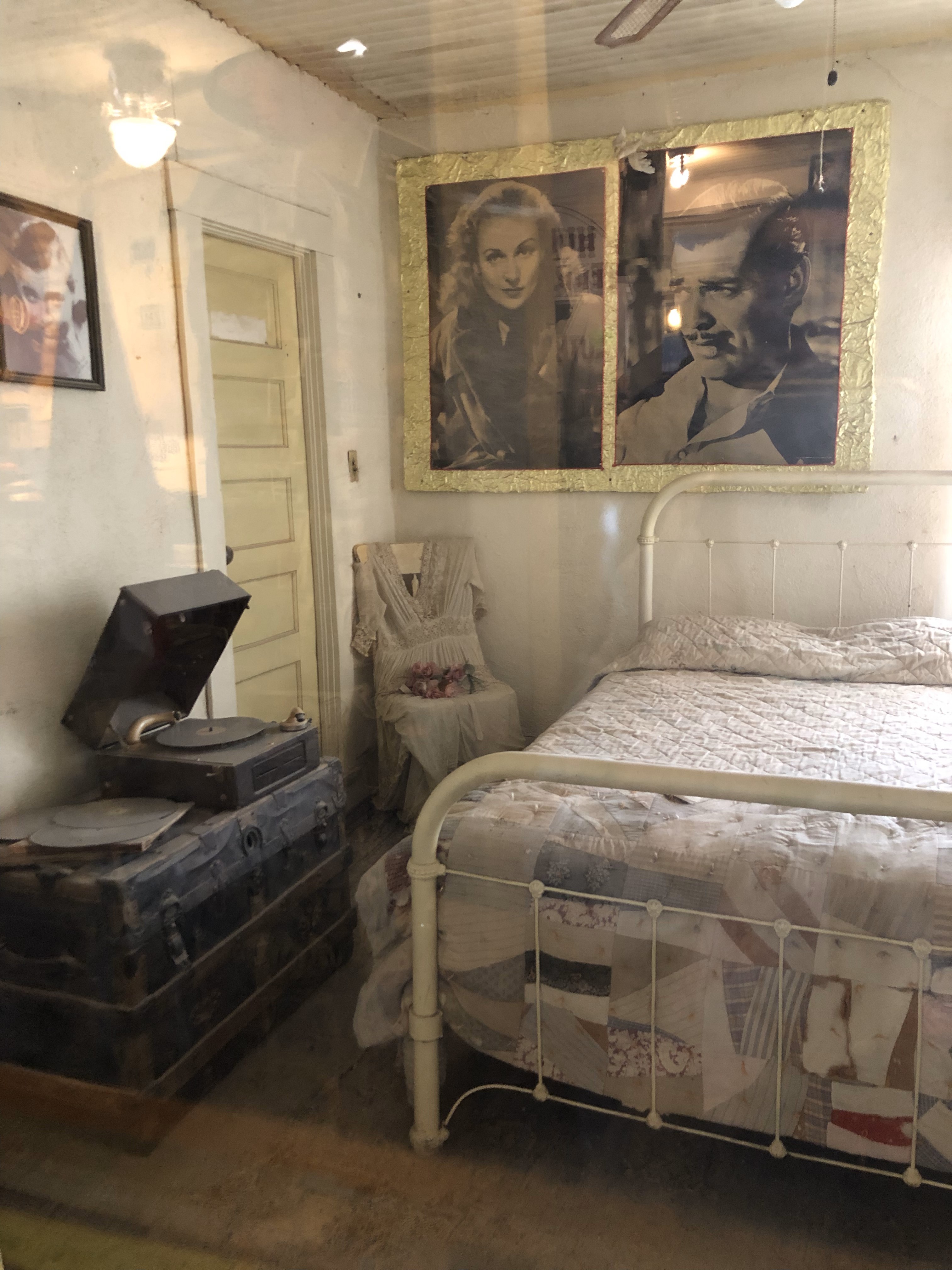
- How the West Was Won (1962) (Old Schoolhouse)
- Roadhouse 66 (1984)
- Edge of Eternity (1959)
- Thunder Run (1985)
- Foxfire (1955)
- Through the Magic Pyramid (1981 TV Movie)
- Route 66 (I) (2019)
- Killer Holiday (2013)
Driving on Highway Oatman as you get near the town, you'll be on the road used in some films. Added plus, it's part of the famous
Route 66! Be sure to check out the staged gunfight on the weekends. All proceeds go to charities.
But watch out for the donkeys! Trust me, you will see what I am talking about when you get there. Oatman might be a location for your
next film or a fun way to spend a day. GO!
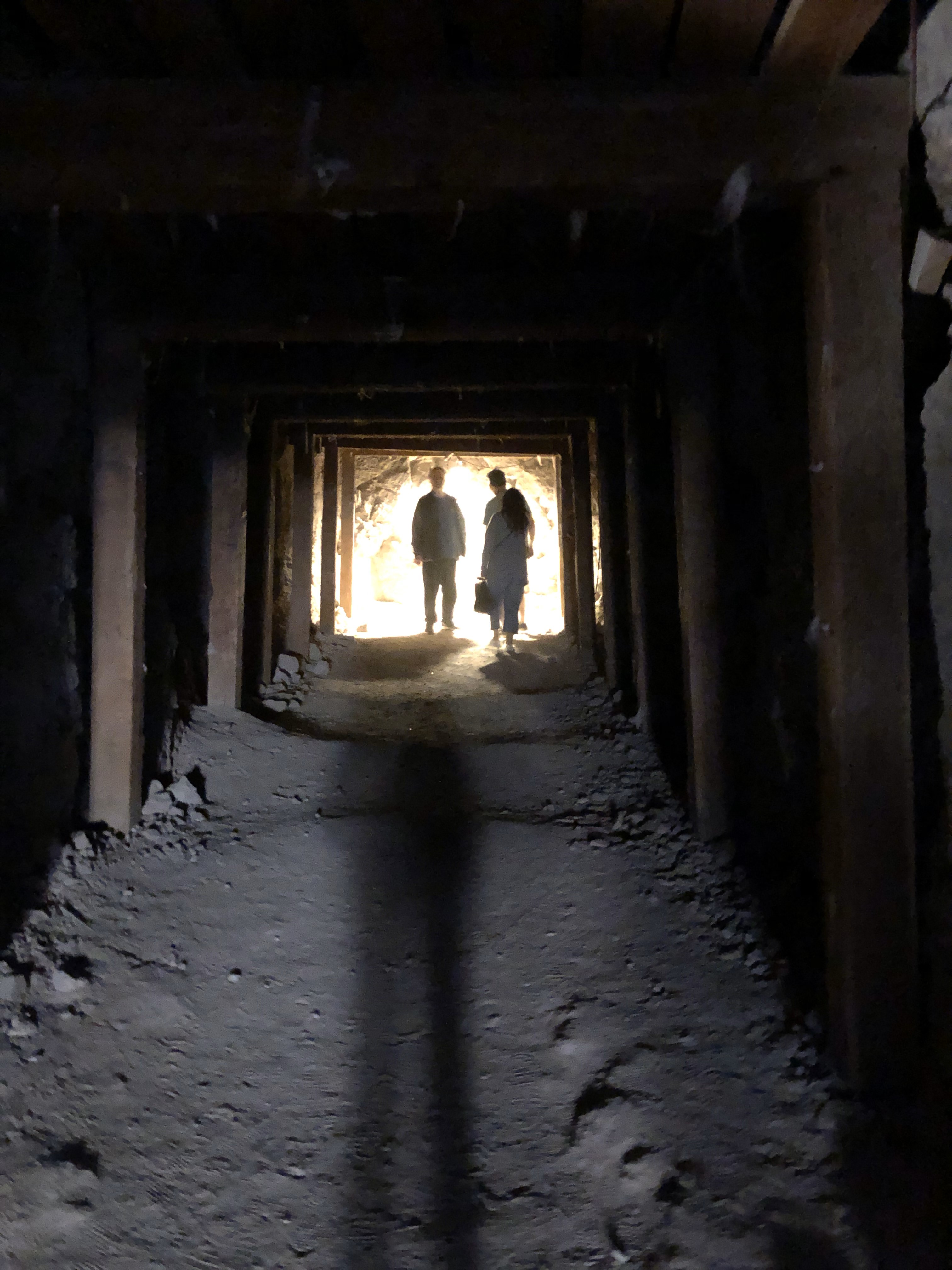
Oatman, Arizona, nestled off Highway 40 on the historic Oatman Highway, is a remarkable and quirky town that stands as a living relic of the Old West. What makes Oatman truly fascinating is its unique population—wild burros that roam freely through the streets.
Originally a gold mining town, Oatman thrived during the early 1900s. However, when the gold mines closed down, the town faced abandonment. Today, Oatman has reinvented itself as a tourist attraction, offering visitors a glimpse into the past.
The town's streets are lined with rustic wooden buildings, saloons, and shops that evoke the atmosphere of the Gold Rush era. Yet, what truly steals the show are the burros. These descendants of pack animals left behind by miners now roam the town, mingling with tourists and occasionally begging for treats. They have become beloved mascots of Oatman, and you can even purchase special burro food to feed them.
Oatman hosts various Wild West events, including gunfight reenactments, and visitors can experience a slice of the Old West while taking in its stunning desert surroundings. The drive along Oatman Highway, also known as Route 66, adds to the charm, making Oatman, Arizona, a must-visit destination for history buffs and anyone seeking an offbeat adventure in the heart of the American Southwest.
Be sure to check out Bernardo Pacini's article for Travel In USA at the link below. It's got all the info on the great little old town
of Oatman, AZ.
Typhoon Lance, AKA The one-man band…
An Editorial from Lance Lane
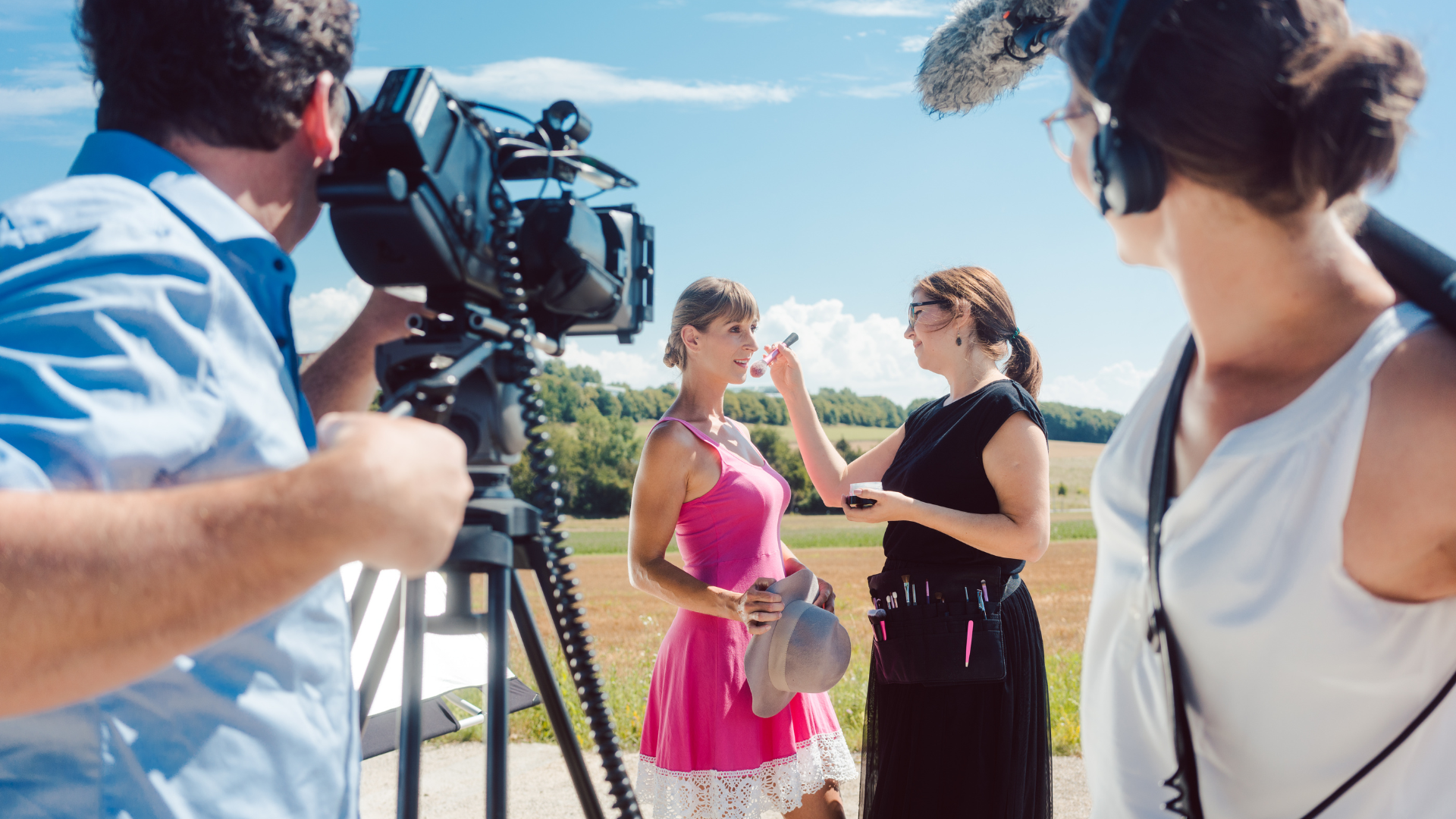
"Hey- I shot some stuff over the weekend for a web series I want to get up (aren't we all), and the picture is excellent, but I screwed the sound royally. Being a one-man band, I had to take all the blame. So it's time to return to the basics and stop acting like I know everything. After jumping on the web, here are the five things I had to brush up on about sound on location for the next episode."
"Plan Friggin' Ahead – YES! What might happen at that location? Planes, Trains, Cars – or kids on skates boards that I had to buy lunch to get them out of there. Next time, I will shoot when the little guys are in school.
No matter what, get "Clean Dialog" - This one, I didn't screw up so badly – But thank the God of Mojo, I had a directional microphone – we were close to the freeway and got away with good sound because of the mic.
Where to put the Mic – Place the microphones in the right place. Mics don't work their best unless you place them right – make sure you got them where they get the best clean sound. Don't shoot until you do! I did, and the sound sucked. Don't be like me.
Grab Sound Effects and Location Sounds – Sounds of the location and effects make your film so much damn better. But keep the dialog clean – trust me, keep it clean, or it's a real pain.
Gear, Good Gear – Let me say that, again, good gear is the only way to go. Don't be a cheapo! Sound is the emotion of the film; it is what they say. Please don't go cheap; get the best you can!
By Lance Lane